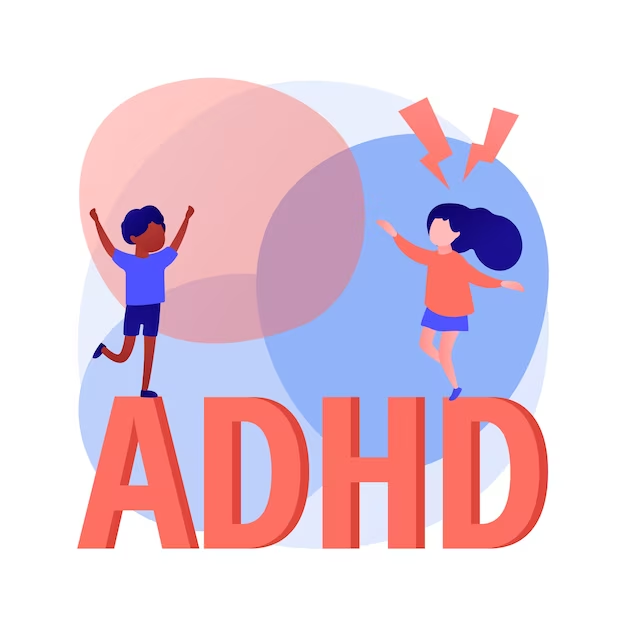Navigating through daily tasks can be a relentless struggle for those with Attention-Deficit/Hyperactivity Disorder (ADHD). Often misunderstood as mere restlessness or inattentiveness, ADHD is a complex neurodevelopmental disorder that intricately weaves through the fabric of one’s life, affecting everything from academic achievements to personal relationships. This article aims to demystify ADHD, shedding light on its prevalence, causes, manifestations, and treatment strategies.
Definition:
- ADHD is defined as a persistent pattern of inattention and/or hyperactivity-impulsivity that interferes significantly with functioning or development.
Prevalence:
- ADHD affects about 5% of children globally, making it one of the most common childhood disorders.
- Approximately 2.5% of adults suffer from ADHD, often carrying symptoms into adulthood.
- Diagnosis rates in males are approximately twice that of females in children and adolescents.
- The disorder is recognized across various cultures and geographic regions, indicating its global impact.
- ADHD diagnosis rates have increased over the past two decades due to better awareness and understanding.
- Early childhood ADHD diagnosis is most common, typically around the age of 7.
Risk Factors:
- Genetics: ADHD tends to run in families, with several genes implicated in its development.
- Brain Structure and Function: Differences in brain structure and neurotransmitter function are often seen in those with ADHD.
- Birth Complications: Premature birth, low birth weight, and prenatal tobacco or alcohol exposure can increase risk.
- Environmental Toxins: Exposure to environmental toxins like lead, especially in early childhood, is a risk factor.
- Diet and Nutrition: Some studies suggest that certain food additives and lack of certain nutrients may exacerbate symptoms.
- Social Interactions: Chaotic home environments and early social deprivation can contribute to the development of the disorder.
Signs and Symptoms:
- Inattention: Frequent careless mistakes, difficulty sustaining attention in tasks, and not following through on instructions.
- Forgetfulness: Regularly forgetting daily activities, appointments, or obligations.
- Disorganization: Struggles with organizing tasks and activities, often leading to missed deadlines.
- Hyperactivity: Excessive fidgeting, tapping, or talkativeness in inappropriate situations.
- Impulsivity: Difficulty waiting turns, interrupting others, and making hasty decisions without considering consequences.
- Emotional Dysregulation: Swift mood changes and difficulty coping with stress.
Treatment:
- Medications: Stimulants like methylphenidate and amphetamines are most commonly used to reduce symptoms.
- Behavioral Therapy: Focuses on changing certain behaviors and managing the symptoms.
- Educational Support: Tailored educational plans can help children with ADHD succeed academically.
- Parent Training: Programs to teach parents effective ways to respond to behaviors associated with ADHD.
- Cognitive Behavioral Therapy: Helps address the emotional responses and habits associated with ADHD.
Conclusion: ADHD presents numerous challenges, but understanding and addressing its complexities can significantly improve outcomes. With appropriate interventions and support, individuals with ADHD can harness their unique perspectives and energy into successful and fulfilling lives.
For further exploration and support on ADHD, consider visiting:




